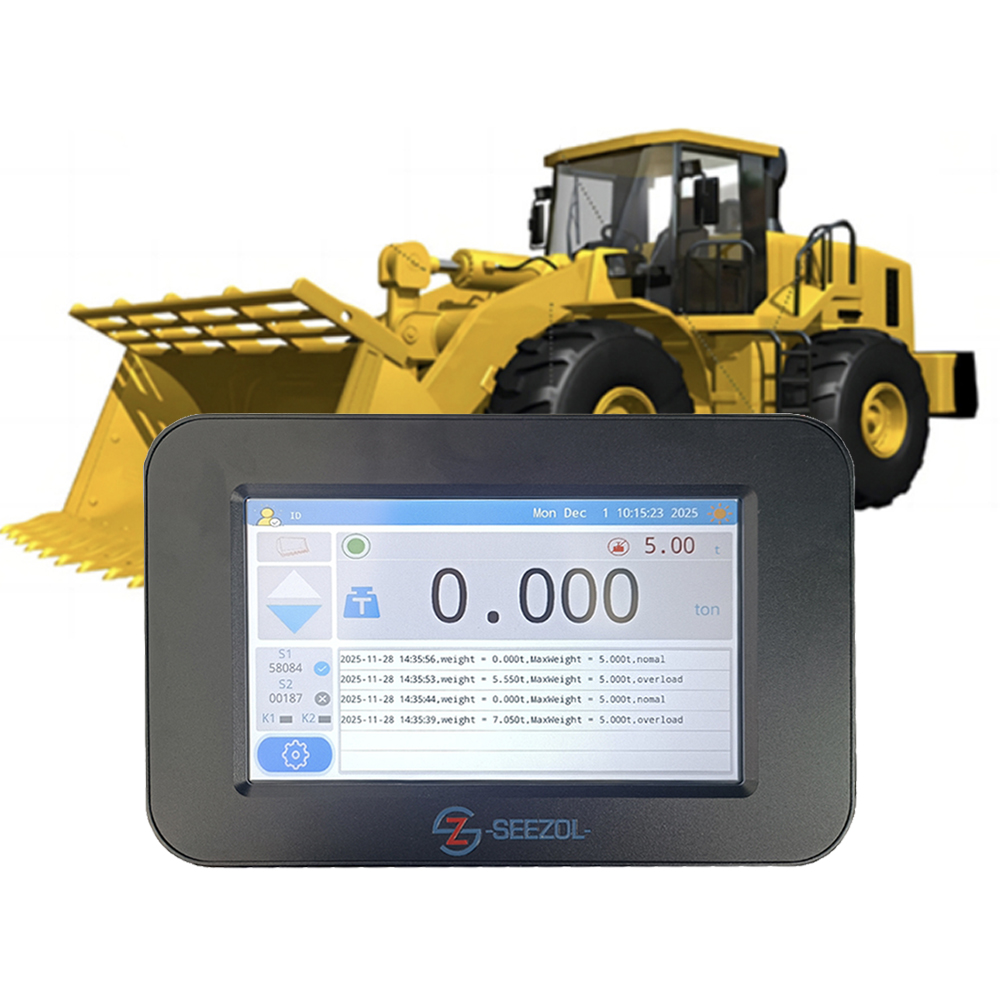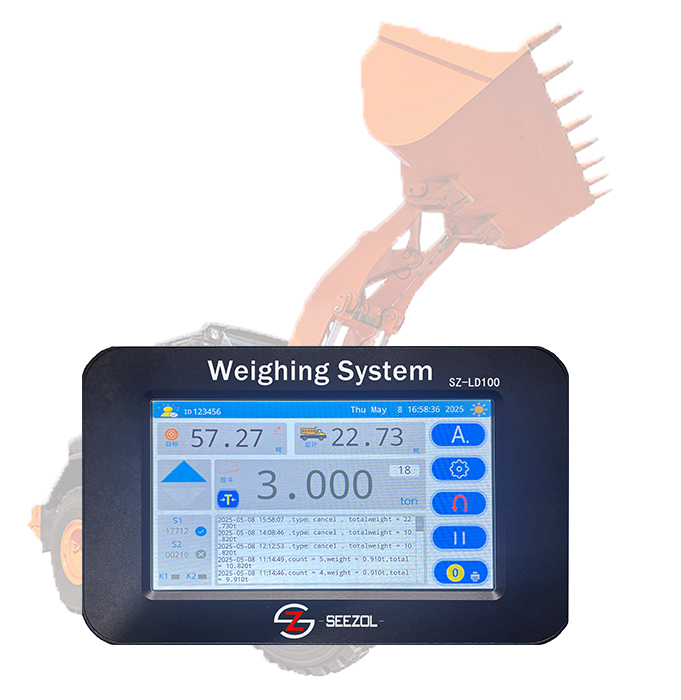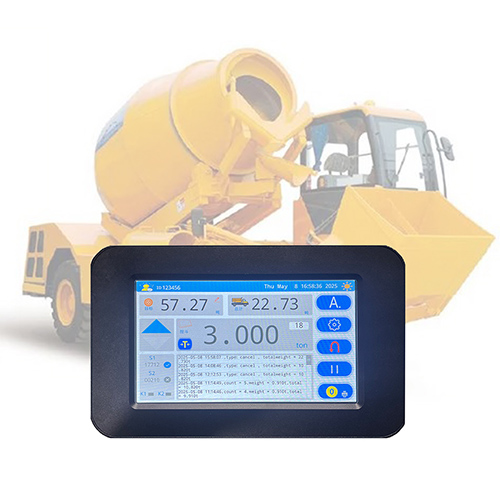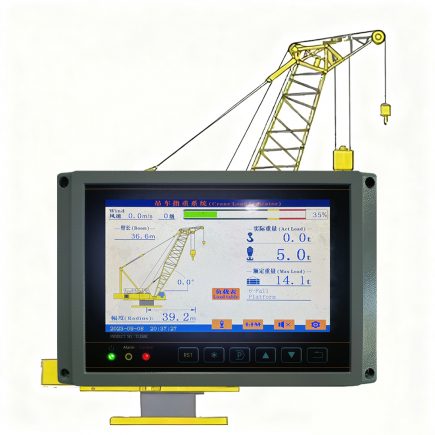SeeZol Technology ensures that its crane load moment indicator(LMI) comply with relevant standards through full-process control. The key measures are as follows:
I. Design and Manufacturing: Meeting Standards from the Source
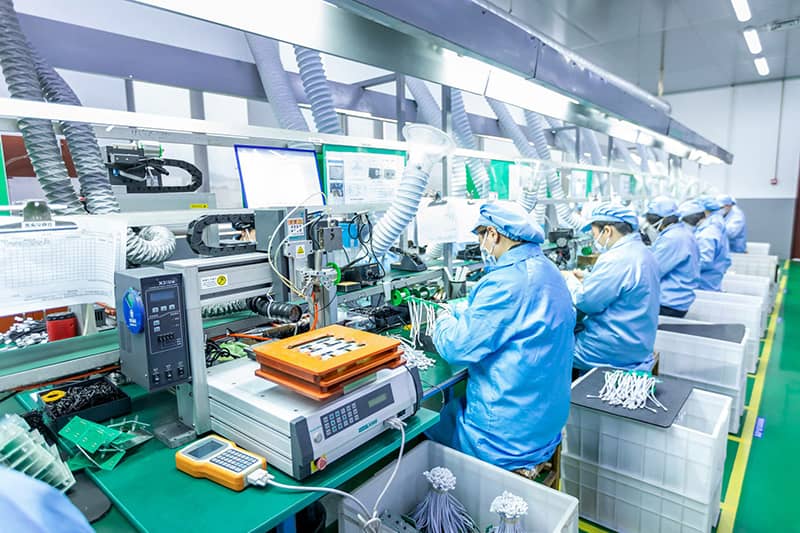
- Aligning with Technical Parameters
We clarify core requirements such as accuracy (e.g., ±5%), alarm thresholds (e.g., alarm at 95% of rated moment), and hardware performance (resistance to electromagnetic interference, protection class) based on target market standards (such as China’s GB 7950 and international ISO 8686-4), and incorporate them into design specifications. - Verification and Testing
Prototypes undergo full-condition simulation and physical testing to simulate alarm and power-cut functions under different radii and loads, ensuring compliance with standard logic (e.g., cutting off unsafe movements at 105% of rated moment).
II. Installation and Commissioning: Accurate Deployment
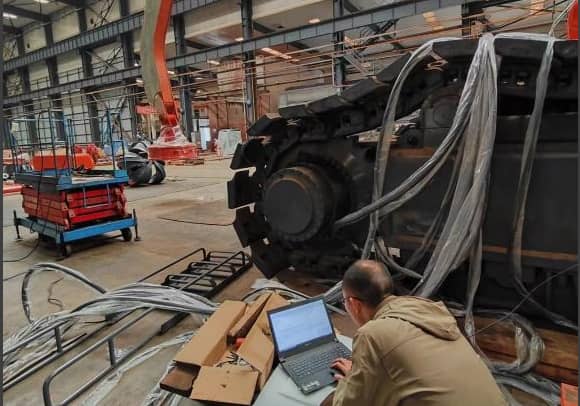
- Standardized Installation
Sensors are fixed at key positions (e.g., boom hinge points, near hooks) to avoid electromagnetic interference; cable protection and enclosure ratings (IP65) meet environmental requirements. - Calibration and Verification
Professional equipment (laser rangefinders, load sensors) is used to calibrate measurements under different working conditions, ensuring deviations are within standard limits. The timeliness of alarm and protection functions is tested to eliminate misoperations.
III. Inspection and Testing: Authoritative Certification
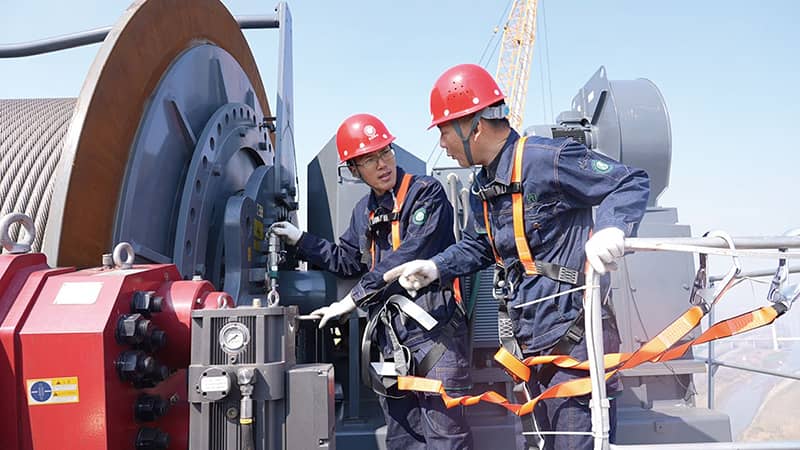
- Factory and Type Testing
Every SeeZol product undergoes factory inspection (for functionality and accuracy). New products undergo third-party type testing (e.g., adaptability to extreme environments) before launch to obtain certification. - Post-Installation Acceptance
Special equipment inspection agencies conduct on-site load testing to confirm that alarm thresholds and power-cut logic meet standards. The product can be put into use only after passing the acceptance.
IV. Operation and Maintenance: Sustaining Compliance
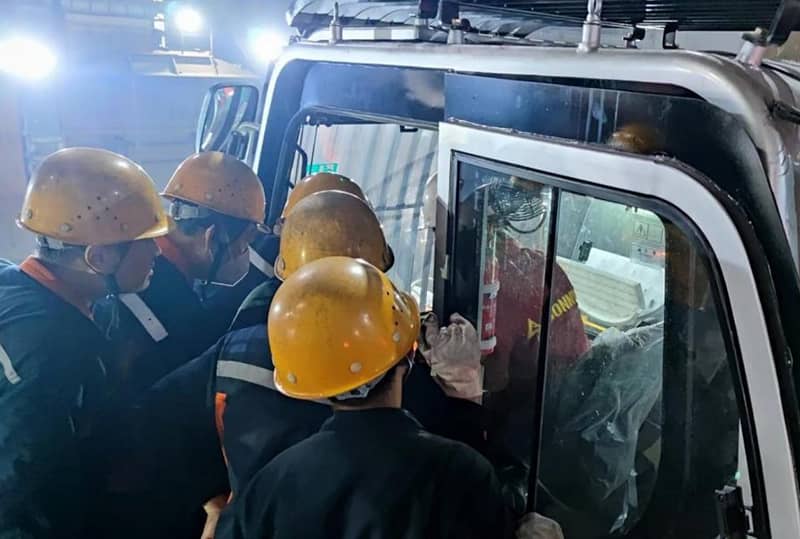
- Daily Inspections
Operators are trained and required to check daily that audible-visual alarms and parameter displays are normal, and are prohibited from disabling the limiter functions. Any abnormalities must be reported immediately, and the equipment must be shut down. - Regular Calibration
Qualified institutions conduct annual calibration, adjust sensor parameters, replace aging components, and retain calibration records. Re-inspection is required after fault repairs.
V. Dynamically Tracking Standards
We closely monitor updates to national standards (e.g., revisions to ANSI/ASME B30) and promptly adjust design or maintenance plans. Relevant personnel receive standard training to ensure they understand core requirements.
Through the above processes, SeeZol Technology ensures that every load moment indicator remains compliant throughout its entire lifecycle from production to use, meeting safety standard requirements.

